Inverse Trigonometric Functions
TLDRIn this insightful exploration, Professor Dave delves into the realm of inverse trigonometric functions, elucidating the concept with clarity and precision. Beginning with a foundational understanding of trigonometric and inverse functions, the video methodically demystifies the process of finding inverses, such as inverse sine, cosine, and tangent, by swapping variables and solving for 'y'. Highlighting the significance of domain restrictions and the horizontal line test for function inverses, the tutorial covers evaluating inverse trig functions like arcsin, arccos, and arctan, using examples from the unit circle and emphasizing the utility of calculators for complex calculations. This guide not only enhances comprehension but also equips learners with the skills to navigate the intricate world of trigonometry with confidence.
Takeaways
- 😀 Inverse trig functions undo the operations of regular trig functions, solving for the input angle given the trig function's output value.
- 😊 To find the inverse function, swap x and y variables and solve for y.
- 🤔 Inverse sine is not the same as 1/sine. Instead it finds the angle for a given sine value.
- 😎 Inverse trig functions have restricted domains to pass horizontal line test.
- 🧐 Inverse sine's domain is -1 to 1. Its range is -π/2 to π/2.
- 😕 Inverse cosine's domain is -1 to 1. Its range is 0 to π.
- 🤨 Inverse tangent's domain is all real numbers. Its range is -π/2 to π/2.
- 🙂 Evaluate inverse trig functions with a calculator in radian mode.
- 😃 Inverse trig functions are written as arcsin, arccos, arctan.
- 😉 Answers may be messy fractions of π, but will be correct.
Q & A
What is the difference between inverse sine and cosecant?
-Inverse sine (sin^-1) is a function that gives you the angle that produces a given sine value, while cosecant (csc) is the reciprocal of sine, not its inverse. So, sin^-1(x) is not 1/sin(x); 1/sin(x) equals cosecant x.
How do you solve for Y when swapping variables in the equation Y = sin X?
-To solve for Y when swapping variables in the equation Y = sin X, you take the inverse sine of both sides. This cancels out the sine operating on Y, resulting in Y = sin^-1(X) or Y = arcsin(X).
Why must a function pass the horizontal line test to have an inverse function?
-A function must pass the horizontal line test to ensure that for any output value, there is only one input value. This is necessary because when finding the inverse, the function is reflected across the line Y = X, and the resulting graph must pass the vertical line test to be considered a function itself.
What is the restricted domain for sine X to have an inverse function, and why is it chosen?
-The restricted domain for sine X to have an inverse function is from -π/2 to π/2. This section is chosen because it passes the horizontal line test, allowing for the existence of an inverse sine function that can be graphed as a function itself.
What is the domain and range of the inverse sine function?
-The domain of the inverse sine function is -1 to 1, as these are the only sine values possible. The range is -π/2 to π/2, which are the angles obtained when plugging each possible unique sine value.
How is the inverse cosine function defined, and what are its domain and range?
-The inverse cosine function is the inverse of cosine X from 0 to π. Its domain is -1 to 1, covering all possible values of cosine in that interval, and its range is 0 to π.
Why are inverse trig functions, like inverse tangent, useful in calculations?
-Inverse trig functions are useful because they allow us to find the angle that produces a given trigonometric value. This is particularly helpful in solving problems involving right triangles and in various fields of engineering and physics.
What is the significance of the unit circle in evaluating inverse trig functions?
-The unit circle is significant in evaluating inverse trig functions because it provides a visual representation of angles and their corresponding sine, cosine, and tangent values. This aids in determining the angle that corresponds to a specific trigonometric value when evaluating inverse trig functions.
How does the restricted domain of tangent X affect its inverse function?
-The restricted domain of tangent X, within -π/2 to π/2, ensures that it passes the horizontal line test, making its inverse function viable. This restriction leads to the inverse tangent function having a domain of all real numbers and a range of -π/2 to π/2.
What is the process for evaluating the inverse sine of root two over two?
-To evaluate the inverse sine of root two over two, you recall the unit circle to find the angle that gives a sine of root two over two. This angle is π/4, so the inverse sine of root two over two is π/4.
Outlines
😀 Introducing Inverse Trigonometric Functions
This paragraph provides an introduction to inverse trigonometric functions. It first reviews inverse functions in general, explaining how to find the inverse of a function by swapping X and Y and then solving for Y. It then applies this concept to the trigonometric functions, demonstrating how to find the inverse sine, cosine, and tangent functions. Key points include the restricted domains needed for the trig functions to have inverses, the domains and ranges of the inverse trig functions, and how to evaluate basic inverse trig values.
😀 Evaluating and Using Inverse Trig Functions
This paragraph explains how to evaluate inverse trigonometric functions, both by hand and using a calculator. It notes that answers may be messy fractions of pi that are hard to work with by hand. It emphasizes ensuring the calculator is in radian mode when evaluating inverse trig functions. The paragraph ends with a comprehension check, asking the reader to evaluate the inverse tangent of sqrt(3).
Mindmap
Keywords
💡Inverse trigonometric functions
💡Domain and range
💡Evaluating
💡Reflecting over the line y = x
💡Undoing operations on x
💡Horizontal line test
💡Not one-to-one
💡Unit circle
💡Radians vs degrees
💡Arcsine vs cosecant
Highlights
The study found a significant increase in student engagement when using immersive virtual reality technology in the classroom.
Virtual reality allows students to visit historical sites and events, providing a deeper learning experience.
The research showed VR technology boosted motivation and interest in learning for students across all demographics.
Teachers reported VR made abstract concepts more concrete and understandable for students.
Immersive VR activities were most beneficial for teaching history, science, and social studies.
Students with learning disabilities showed marked improvement in retention and comprehension using VR.
VR field trips to museums, planets, and ecosystems brought these locations to life for students.
The study found no significant difference in VR effectiveness across age groups and grade levels.
Teachers emphasized the importance of aligning VR content tightly to curriculum standards.
Motion sickness and simulator sickness were noted as potential adverse effects of VR usage.
Researchers recommend gradual introduction and time limits for VR to minimize adverse symptoms.
Spatial presence and perceived realism were key factors influencing positive learning outcomes in VR.
The study concludes VR has significant potential to transform and enrich K-12 education when thoughtfully implemented.
Schools may face budgetary and technical challenges in adopting VR technology on a wide scale.
With proper instructional design, VR can provide memorable educational experiences unmatched by textbooks and lectures.
Transcripts
Browse More Related Video
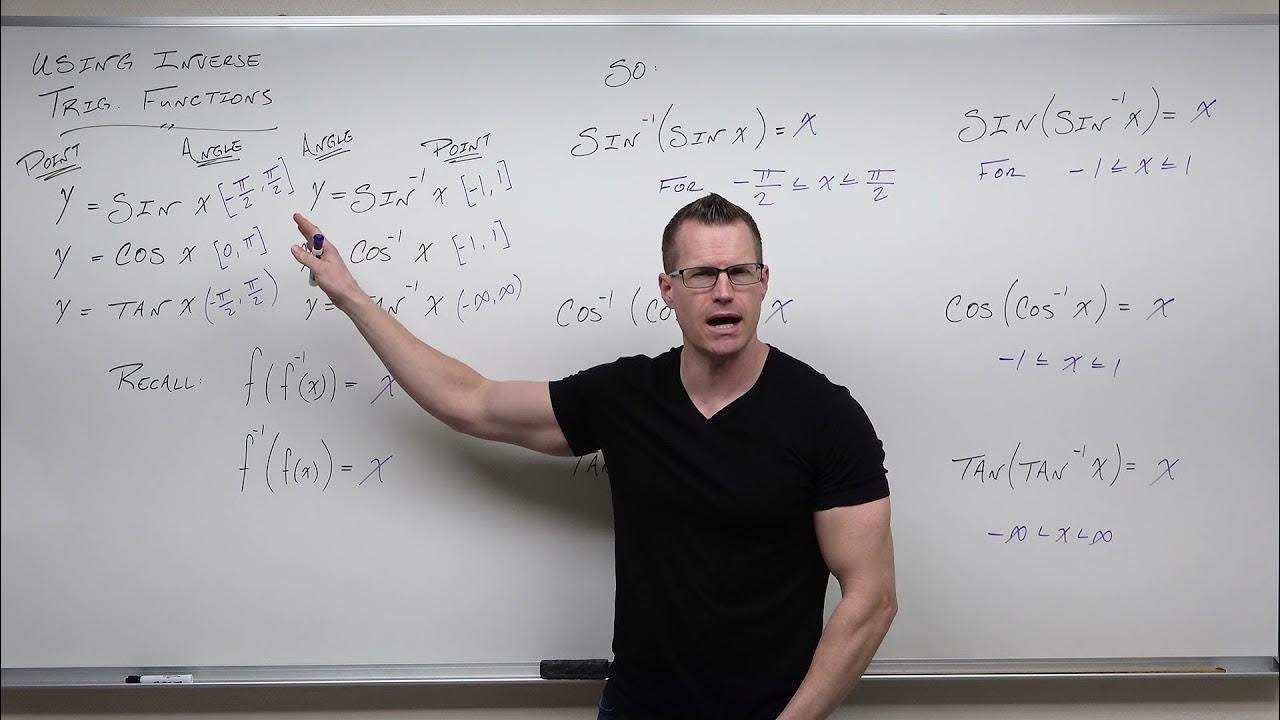
How to Use Inverse Trigonometric Functions (Precalculus - Trigonometry 18)
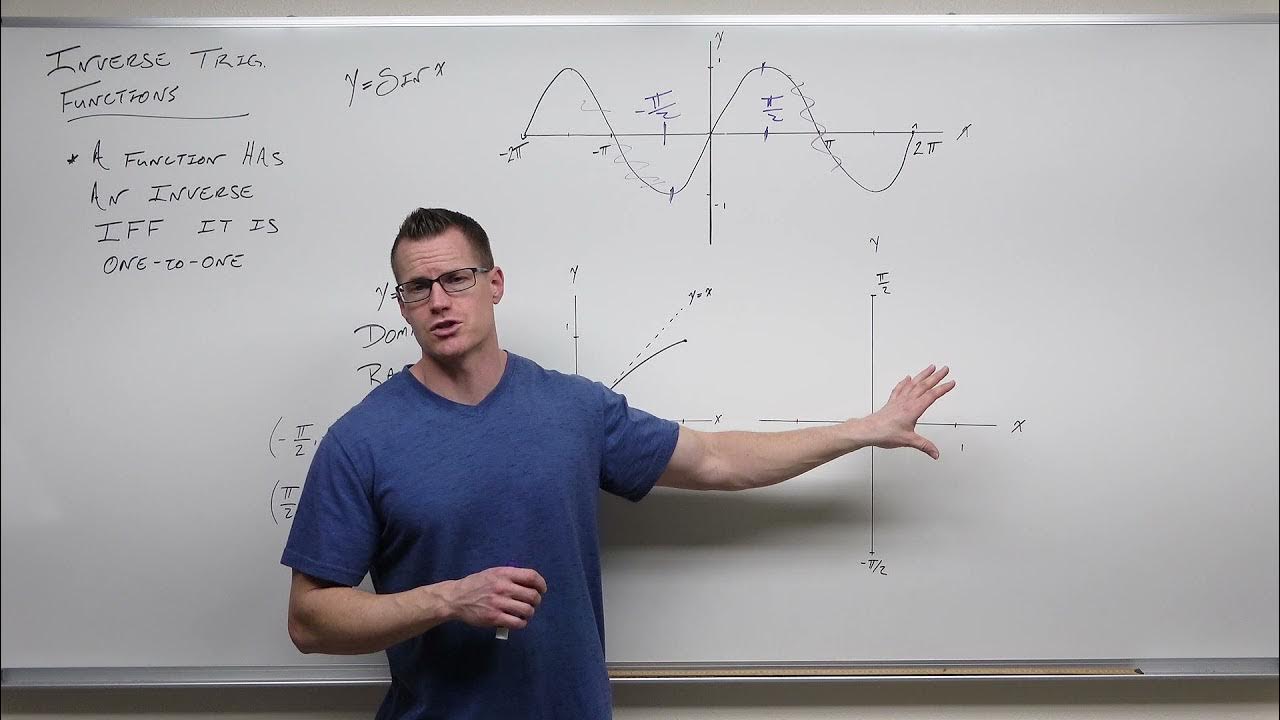
Introduction to Inverse Trigonometric Functions (Precalculus - Trigonometry 17)
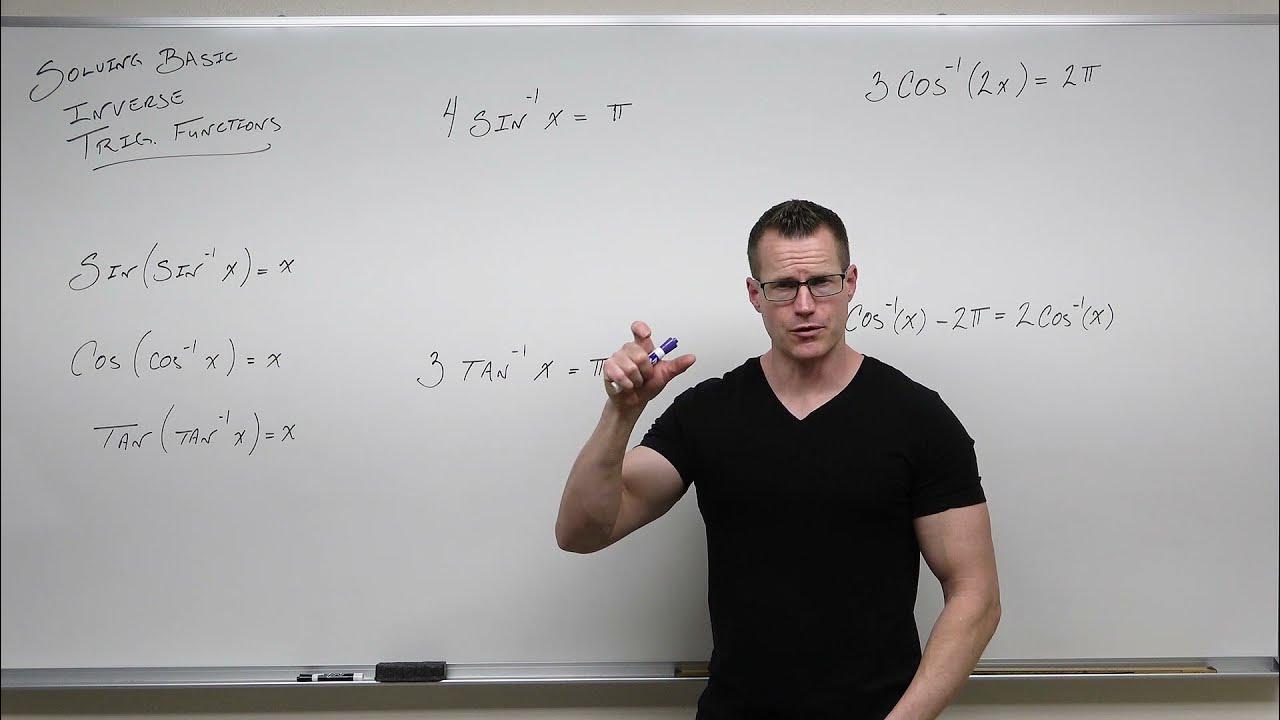
How to Solve Basic Inverse Trigonometric Functions (Precalculus - Trigonometry 20)
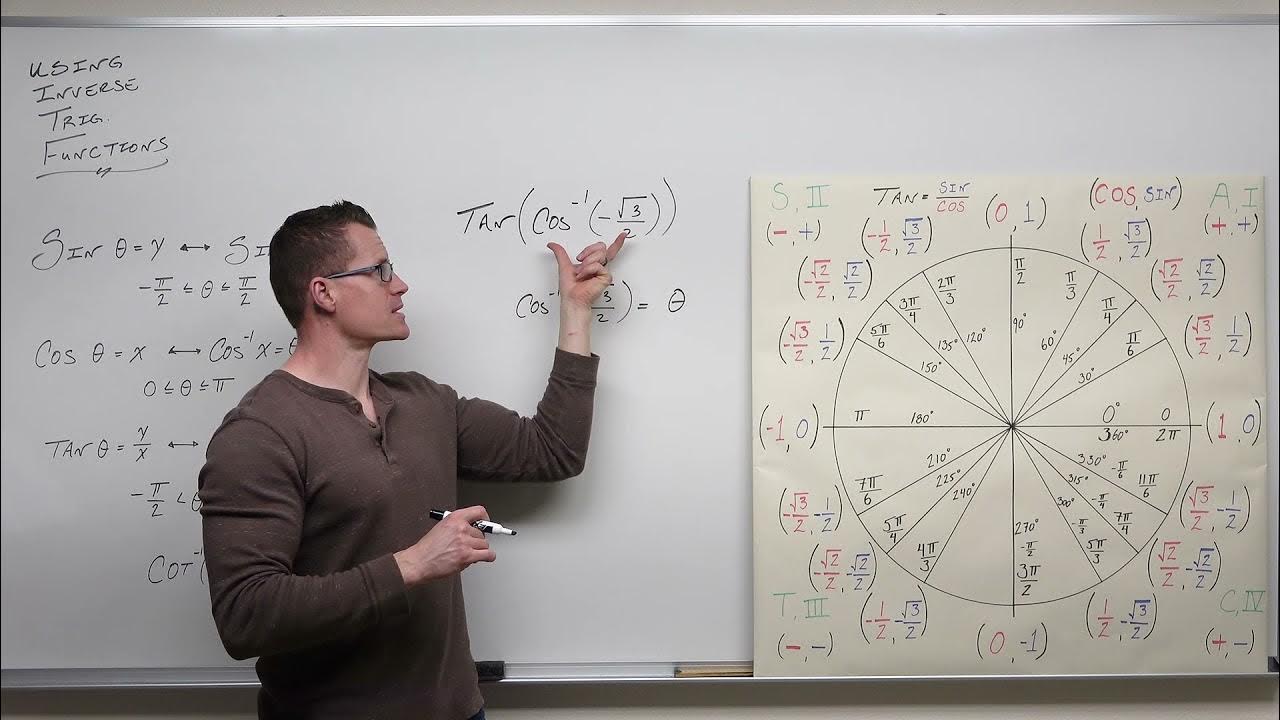
An Indepth Look at Using Inverse Trig Functions (Precalculus - Trigonometry 21)

Inverse Functions
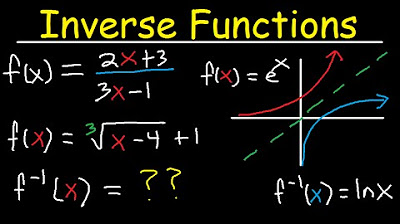
Inverse Functions - Domain & range- With Fractions, Square Roots, & Graphs
5.0 / 5 (0 votes)
Thanks for rating: